Data Centers
Detecting leaks in data centers
The TraceTek TT1000 cable serves as a specialized two-circuit leak detection cable meticulously designed to identify water and sewer line leaks, water-based heating system leaks, liquid-based cooling system leaks, and leaks in water-based indoor fire extinguishing systems. Its unique appeal in data center environments lies in its capability to pinpoint the exact location of detected leaks. This feature proves invaluable in data centers with raised data floors, as it efficiently detects the initial leak point and swiftly provides precise information about the leak’s position beneath the data floor.
This system has a track record of preventing substantial consequential damage resulting from undetected leaks in water-based cooling systems within data centers. Instead of undertaking a costly and disruptive repair job, businesses have reduced their efforts to a straightforward and limited maintenance task, all thanks to early leak notifications. The key lies in receiving notifications early, before the damage escalates into a complex and expensive issue.
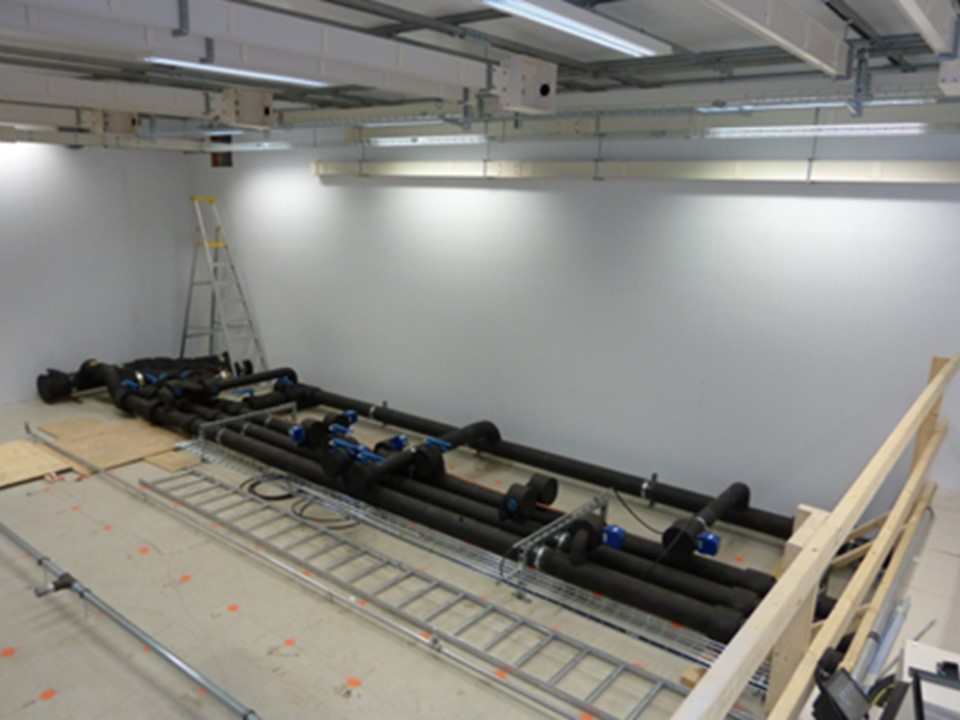
The versatile TraceTek TT1000 Cable
Notably, the challenge of detecting minor leaks is particularly pronounced when raised data floors are in use. These leaks can persist undetected for weeks, if not months, causing potential harm. Investing in early warning systems, particularly those employing distributed sensor technology, can yield substantial benefits. Even a seemingly inconsequential leak can result in significant costs if it goes undetected for an extended period, as indicated by statistics from insurance companies that highlight the significant expenses associated with consequential damage from moisture and water leaks.
Precise leak location tracking
The accompanying photograph illustrates the typical configuration of piping in a data center module before the installation of a raised floor. Cooled water from external coolers is channeled to the AC units within the data center module. In this process, hot air from the data room is converted into hot water and conveyed through piping to be cooled outdoors by coolers or heat exchangers. Several cubic meters of chilled water constantly circulate. An initially minor leak, while not immediately disruptive to operations, can, if left undetected and unchecked for an extended period, escalate into major and costly consequential damage within a data center. In the worst-case scenario, a seemingly insignificant leak, persisting over time, can lead to a complete data center shutdown.
Solutions for water leak detection
TraceTek sensor TT-1000
The TT-1000 cable is a specialized two-circuit leak detection cable designed for precision in identifying water and liquid leaks in various applications, including data centers, water and sewer lines, heating systems, cooling systems, and fire extinguishing systems.
It excels in pinpointing leak locations, making it invaluable for early detection and mitigation of potential damage, especially in critical environments like data centers.
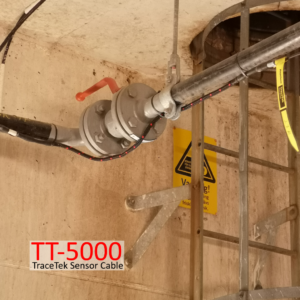
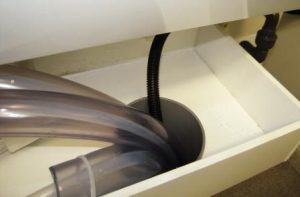
Data Centers
The TraceTek TT1000 cable is a specially designed two-circuit leak detection cable built specifically to detect leaks from water and sewer lines, water-based heating, liquid-based cooling systems and water-based indoor fire extinguishing systems. What makes this cable particularly attractive in a data center is the possibility it provides for the precise determination of the location where the leak has been detected. In a data center where raised data floors are used, the TT1000 technology will especially come into its own when it comes to both detecting the leak itself at the starting point and then quickly obtaining information about where the leak is located under the data floor.
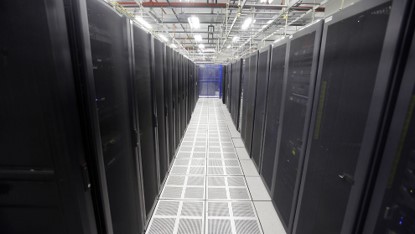
We have several examples where major consequential damage as a result of undetected leakage in water-based cooling systems in data centers has been avoided with this system. An otherwise extensive and expensive job with disturbances and possible interruptions to operations has instead been reduced to a relatively simple and limited maintenance job thanks to early notification of the leak. The secret is to be notified early enough, and before the damage becomes extensive, complicated and expensive.
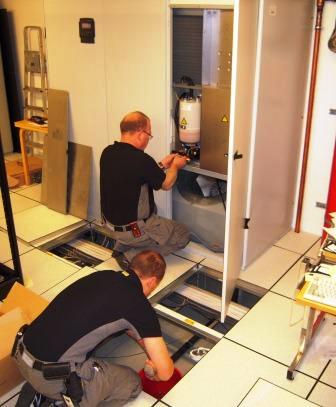
Especially when using raised data floors, it is difficult to detect small leaks. They will be able to occur and continue for weeks and perhaps even months without being detected. An investment in early warning, and with distributed sensor technology, will soon be able to pay off well, even with a relatively small and insignificant leak, if this leak has been allowed to continue for a long time without being detected. According to statistics from the insurance companies, costs related to consequential damages from moisture and water leaks are significant.

This photo shows how the piping typically can look like in a data center module before the raised floor is installed. Cooled water from the coolers located outside is sent to the AC units inside the data center module. Hot air in the respective data room (module) is converted into hot water and transported outdoors through piping to be cooled outdoors by coolers or heat exchangers. Several cubic meters of chilled water circulate constantly. A relatively small leak, which is initially not dramatic for the operation as such, but which is not detected and is allowed to continue for a long time, can easily lead to major and expensive consequential damage in a data center. In the worst case, an insignificant leak that persists over a long period of time can lead to a complete shutdown.

